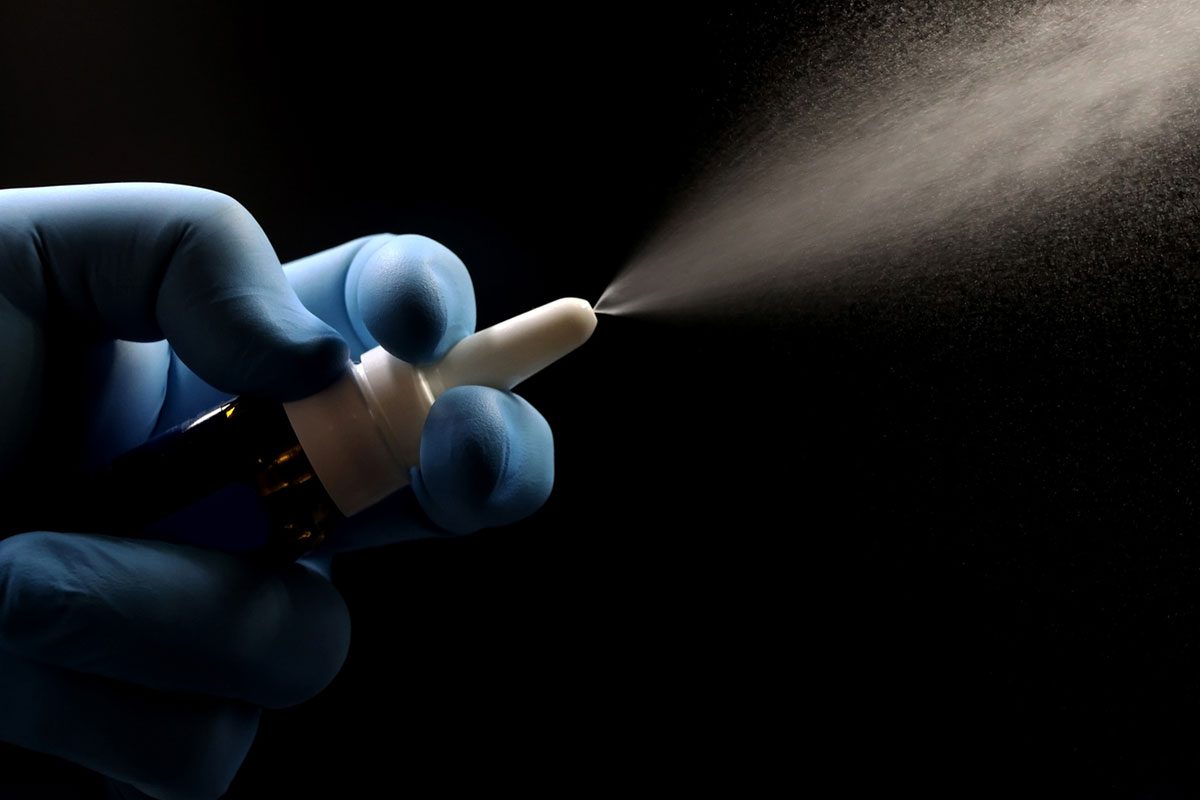Association between bipolar disorder and metabolic dysfunction has been increasingly more apparent in recent years.1 Individuals with bipolar disorder have a significantly higher rate of weight gain, insulin resistance, and type II diabetes, and, on average, bipolar patients have body mass indexes that are substantially higher than age-matched controls throughout their lifetimes, even when controlling for pharmacotherapy.2 Additionally, associations between hypoglycemia and mania have been well-established, although the underlying pathophysiology is still in question.3,4
Case Report
A 58-year-old woman with a history of bipolar I disorder, hypoglycemia, hypertension, Sjogren disease, rheumatoid arthritis, fibromyalgia, Raynaud syndrome, and pancreatic cyst presented to the emergency department for evaluation of abdominal pain and hypoglycemia. She reported pain in her right flank region and stated that this often worsened when she became hypoglycemic. Glucose drawn revealed a value of 60 mg/dL, and a review of her records revealed previous blood glucose levels in the 40s. She was admitted to the medical hospital for hypoglycemia, and the psychiatry department was consulted for “mania.”
Upon evaluation, the patient was exhibiting excessive energy; tangential, rapid speech; irritability; impulsivity; and elevated mood. She demonstrated significant disorganized speech and had extreme paranoia surrounding her husband, whom she felt was out to harm her. The patient did have a urine drug screen positive for cannabis, admitting to edible use occasionally for anxiety and sleep.
Collateral described her as “hotheaded” as a teen, with hyperthymic traits and 1 inpatient hospitalization in her late teens for depression and suicidal ideation. Three years prior, she was diagnosed with a pancreatic cyst, which was revealed to be an insulinoma. After this, the patient gained a significant amount of weight and began having psychiatric “episodes” that directly correlated with low blood sugar levels. Her Young Mania Rating Scale score was calculated to be 26.5
During these episodes, her family would notice lack of sleep, followed by general somatic complaints. Subsequently, the patient would often endorse lightheadedness, which would frequently result in a low blood sugar reading. These episodes would last from days to weeks in duration. Prior to onset of these episodes, the patient had good psychosocial functioning and was able to work as a psychiatric nurse.
The patient presented to the hospital on duloxetine 60 mg/day for pain with no other psychiatric medications. She had a remote history of being on paliperidone, lamotrigine, and oxcarbazepine. While in the hospital, she was started on Latuda, titrated to 40 mg/day with dinner, as well as lithium, titrated to 600 mg/ day. Modest benefit was noted, and inpatient psychiatric hospitalization was recommended. The patient and family were agreeable, and she was transferred after 5 days of medical hospitalization.
Discussion
This case highlights the importance of recognizing triggers of mania in patients with hypoglycemic risk factors and comorbid bipolar I disorder. Insulinomas are rare, and their characteristic hypoglycemic episodes should be recognized as a potential precipitating factor for mania. In this case, it was possible to establish a pattern between onset of hypoglycemia and development of mania, ruling out the possibility of mania as presentation of altered mental status that would be reversible with blood sugar correction. Recognizing this relationship could allow for earlier identification of episodes by patients and caregivers, thus increasing opportunities for starting the appropriate interventions and minimizing future episodes.6
Article Information
Published Online: February 18, 2025. https://doi.org/10.4088/PCC.24cr03863
© 2025 Physicians Postgraduate Press, Inc.
Prim Care Companion CNS Disord 2025;27(1):24cr03863
Submitted: October 1, 2024; accepted December 6, 2024.
To Cite: Wang L, Chan C, Garces L. Insulinoma-induced mania. Prim Care Companion CNS Disord. 2025;27(1):24cr03863.
Author Affiliations: Department of Psychiatry, Central Michigan University, Saginaw, Michigan (Wang, Garces); College of Medicine, Central Michigan University, Mt Pleasant, Michigan (Chan).
Corresponding Author: Larry Wang, MD, Department of Psychiatry, Central Michigan University, 1000 Houghton Ave, Saginaw, MI 48602 ([email protected]).
Relevant Financial Relationships: None.
Funding/Support: None.
Patient Consent: Consent was received from the patient to publish the case report, and information has been de-identified to protect patient anonymity.
References (6)

- Łojko D, Owecki M, Suwalska A. Impaired glucose metabolism in bipolar patients: the role of psychiatrists in its detection and management. Int J Environ Res Public Health. 2019;16(7):1132. CrossRef
- Najar H, Joas E, Jonsson V, et al. Recent secular trends of body mass index in individuals with bipolar disorders and in the general population. Am J Psychiatry. 2024;181(1):39–46. PubMed CrossRef
- Charles EF, Lambert CG, Kerner B. Bipolar disorder and diabetes mellitus: evidence for disease-modifying effects and treatment implications. Int J Bipolar Disord. 2016;4(1):13. PubMed CrossRef
- Manji HK, Quiroz JA, Payne JL, et al. The underlying neurobiology of bipolar disorder. PubMed. 2003;2(3):136–146. PubMed
- Lukasiewicz M, Gerard S, Besnard A, et al. Young Wang et al Mania Rating Scale: how to interpret the numbers? Determination of a severity threshold and of the minimal clinically significant difference in the EMBLEM cohort. Int J Methods Psychiatr Res. 2013;22(1):46–58. PubMed CrossRef
- Vieta E, Salagre E, Grande I, et al. Early intervention in bipolar disorder. Am J Psychiatry. 2018;175(5):411–426. CrossRef
Enjoy this premium PDF as part of your membership benefits!
Save
Cite



